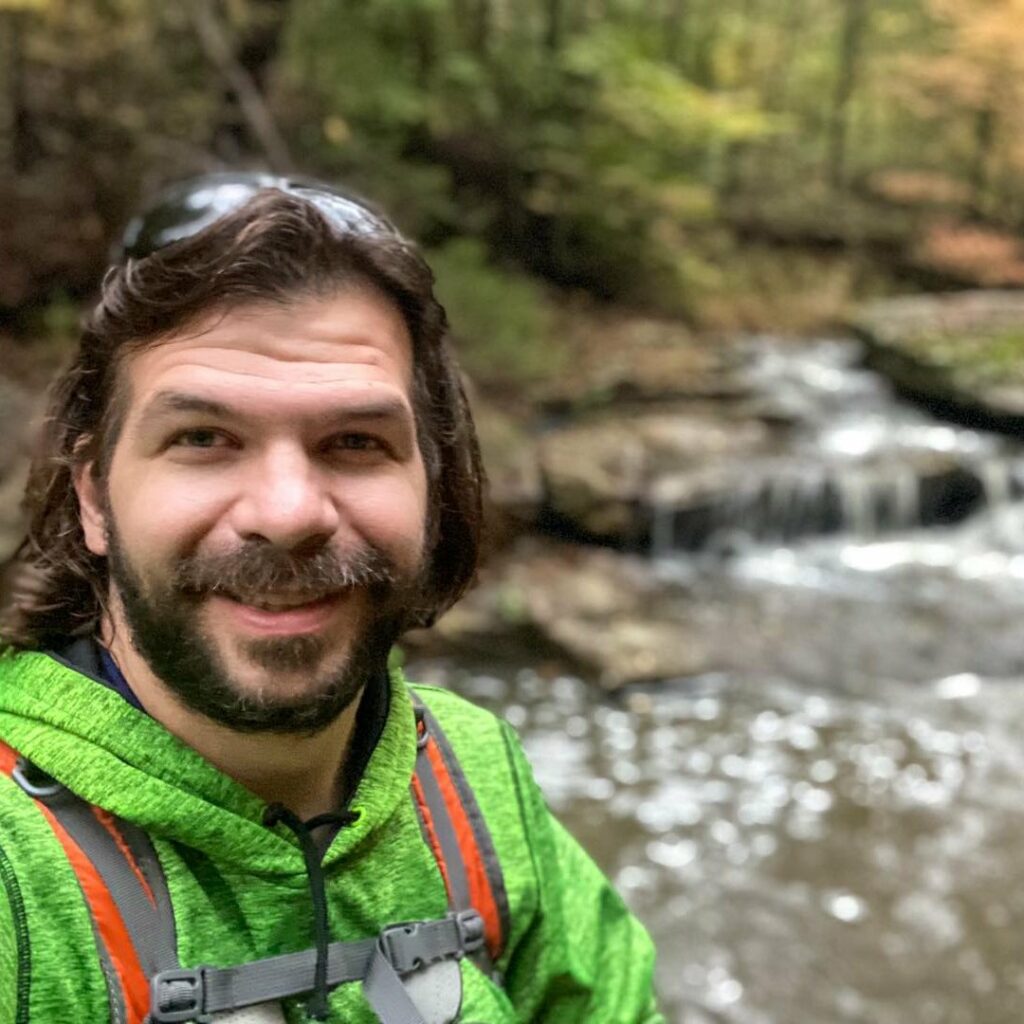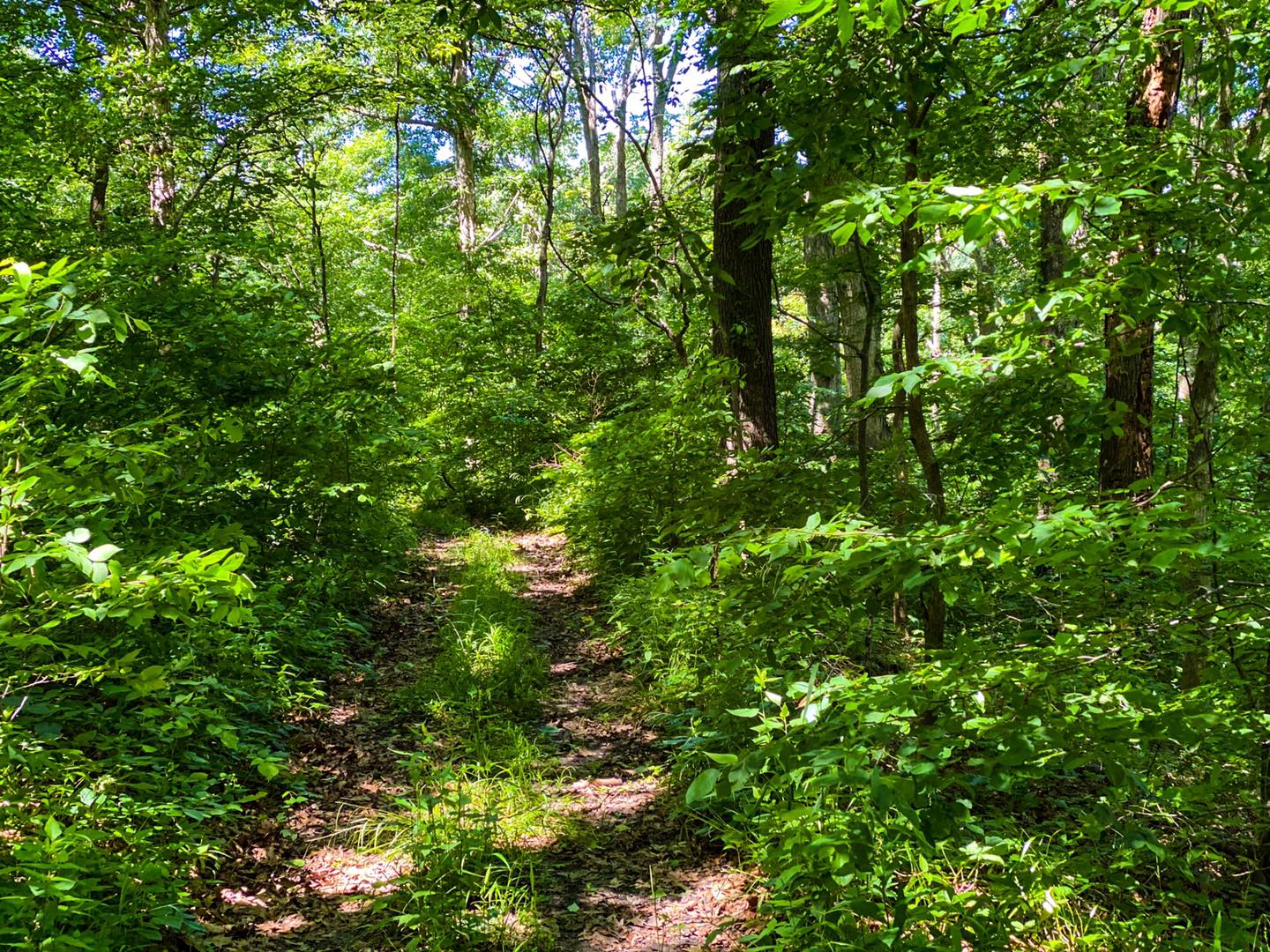How to Hike in Extreme Heat and Humidity
Would you hike in extreme heat and humidity?
Many of you are probably answering with a no. That’s understandable. There are many other things to do around the house on hotter days for many folks.
But some of you may need to hike in the heat because hiking is just what you do. That’s okay, too. Because that’s what I do. I hike in extreme heat just as much as I hike in extreme cold.
I hike in extreme heat and humidity every year.
I feel it benefits me as a hiker and builds my strength. It makes me better at hiking and adapting to hot and humid conditions in general.
But it’s not for everyone, and if you have any health issues, you should consider asking your medical practitioner before attempting to do it yourself.
In the meantime, I wanted to at least give you my tips and best practices for enjoying a hike in the extreme heat and humidity of the summer months.
How to Plan a Hike in Extreme Heat and Humidity
Planning for your hike in extreme heat and humidity is important before you go on it.
There are many factors to consider. What is the difficulty of the hike? What are the terrain and elevation gain like? How are the user reviews? Are there water sources along the trail? How long will the hike take? Will it be in the shade most of the time?
You should also research what the weather will be like. If you start earlier, will it be cooler? What time will be the hottest part of the day? Will there be any hazards, such as severe weather or heavy rain?
After you plan your hike, print out a map of the area you will be in. Circle the area you’ll hike in. Give that paper to a friend or family member to give to search and rescue officers just in case you don’t make it back. It will help them get to you faster.
Look through the gear you plan to take with you. Make sure it all works, especially water filters.
Get your hydration, fuel, and food items ready to take with you for your hike.
Be prepared before your hike; it will be much easier to hike in extreme heat and humidity.
Hydration and Fuel is Your Biggest Defense
When it comes to hiking in hotter and humid weather, your biggest concern will be hydration and fuel.
Hydration refers to the amount of water and electrolytes you’ll need to continue to keep yourself replenished. Fuel revolves around the snacks you eat that will put salt back into your body after you lose it from sweating.
It’s important to always remain hydrated and fueled on your hike.
Water should be your heaviest piece of gear when hiking in hotter weather. I would recommend bringing multiple bottles of water and a hydration bladder for your backpack. It’s never a bad idea to overpack water during the hotter and more humid days of the hiking season.
You might also want to bring a water filter just in case you need to collect more drinking water. Knowing how to use a water filter before you bring it with you is important. You should also test the one you bring to ensure it works effectively.
Sometimes plain water isn’t enough. Sometimes it’s a good idea to pack electrolyte tablets or power with you and add it to your water before your hike. Electrolytes will put salt back into the system that you lose when hiking in the heat. That salt replenishment is important.
Salty fuel-based snacks are also wise to bring to help give your body its much-needed sodium back.
These snacks include gels, gummies, waffle chews, and trail bars or trail mixes. It’s good to bring various snacks with you to keep yourself fueled.
Choose a good fuel and hydration routine to keep yourself hydrated and fueled. I typically eat a bite from my trail bar or a handful of gummies and then drink two big swigs of water every half hour. This will help me ensure that I keep hydrated and fueled for the entirety of the hike.
You might even need to set your watch or phone to make an audible beep to remind you to eat and drink every thirty minutes.
If you don’t get enough hydration and fuel during hotter hikes, you’ll wear down very quickly, and worse things can happen afterward.
Hydration in the heat is more important than anything else.
How to Dress for Hiking in Heat and Humidity
Clothing choices will differ for everyone, but finding your best option is a good idea.
Many experts suggest you wear loose-fitting clothing made of sweat-wicking synthetic materials like polyester and nylon. The loose-fitting clothing will help keep moisture from your skin as you sweat.
But that’s not for everyone.
I wear a light-colored, loose-fitting shirt made from synthetic cotton-blend material. The synthetic blend helps wick sweat and keep me cool. I wear half-tights (affiliate link) or spandex bike shorts without padding on the hottest days. That’s because I find them wick sweat from me quicker, and because of the amount I sweat, it prevents me from chafing, which I often do during hotter weather. I’ve learned this from being a cyclist, but compression apparel isn’t for everyone.
I also wear trail running shoes and thin ankle socks if it’s really dry. If there is a lot of water crossing, I’ll wear my hiking boots.
I also use Chamois Butt’r applied to my private areas to prevent chafing during hotter weather. I use it for cycling, and it also works great for hiking.
You might consider wearing a hat, long sleeves, pants, or tights if you sunburn easily and need to cover up your skin. Apply sunblock and make sure to reapply it as you sweat it off throughout the hiking trip.
You’ve probably heard the saying that cotton kills. For the most part, it does. But on the hottest and most humid days, cotton sometimes is a godsend. Sometimes cotton can hold moisture on your skin and cool you off on hot days. But you’ll feel wet and sweaty the whole hike, which is often a big drawback.
You can also take gear to help you beat the heat. You can take cold towels, for example. These typically become cold when they get wet. You can take a small squirt bottle to create a moisture mist occasionally. You could also take battery-powered fans if you need to. All these will add extra weight, but some extra weight is acceptable when it’s hot and humid outside.
Wear the most comfortable clothing that keeps you cool, and you’ll have a better hike in extreme heat and humidity.
How to Identify and Heat-Related Illness or Injury
Many types of heat-related illnesses can occur while hiking. It’s important to be aware of them.
Sunburns – One of the most common forms of heat-related illness is sunburn. This is when your skin gets too much exposure to the harmful rays produced by the sun. Some people get minor burns, while others get severe blisters requiring medical attention.
The best way to prevent a sunburn is to use sunblock lotion or spray rated for SPF 30 or higher. Apply the sunblock about thirty minutes before exposure. Reapply every hour or forty-five minutes if you tend to sweat a lot.
Try to rest in the shade when possible and reduce your exposure to direct sunlight.
Dehydration – Dehydration is a common illness when people hike in extreme heat and humidity without hydrating properly. Dehydration is when you develop sickness from not hydrating. It can be anything from a simple headache to a deadly experience in extreme cases.
The best way to prevent dehydration is to hydrate often during your hike. You should take large drinks of water every half hour for the whole hike.
Dehydration will often make you feel tired and can lead to other more severe conditions, such as a heat stroke which will likely require emergency medical attention.
Heat Stroke – Heat stroke is a potentially dangerous and deadly form of heat-related illness. It occurs when your body literally overheats and cannot cool itself off. It often required emergency medical attention in most cases. It can result in permanent damage to even death for some victims.
The best way to prevent heat stroke is to focus on safety while you hike in extreme heat and humidity. Take rest breaks often and in the shade. Try to cool down when you can. Hydrate properly, and make sure you’re replenishing yourself with electrolytes.
If you or someone with you becomes victim to heat stroke, they will likely suffer severe symptoms such as headaches, nausea, vomiting, disorientation, and confusion. You should call emergency medical responders immediately if this is happening.
The best way to prevent becoming victim to these heat-related illnesses is to know their signs and what to do to prevent them from happening in the first place.
Where to Hike when it’s Extremely Hot and Humid
There are some places you can hike anywhere on most days, but only some places should be considered during the hottest days of the year.
Choose an area with a lot of shade. Hike in forested areas or woodland terrain. Don’t hike in grasslands or meadows with no shade. The more shade, the safer it will be for you to hike. Direct exposure to sunlight is going to be a hazard for you.
You should also try to choose trails next to creeks and bodies of water that you could take a dip in or cool down your face, arms, and legs from time to time.
Choose areas with natural rock shelters that are cool to get under.
It’s also best to choose shorter trails. Longer hiking trails will often put more heat-related stress on your body and could result in safety issues by hiking them.
Hiding in extreme heat and humidity is okay if you use some common sense. If you enjoyed this article, please share it with your hiking friends and on your social media pages. If you’d like to further support me, consider leaving me a tip. Subscribe to my free email newsletter for more information and tips about hiking and other outdoor activities.
Please Support Hiking with Shawn
Alrighty folks, I hope you have enjoyed this content. I provide it for free and it takes a while to create. If you would be so kind enough to support my efforts, you can do so by sharing this post with others, especially on social media. Be sure to subscribe to my YouTube Channel to see my latest videos, shorts and live streams. Follow me on Facebook, Instagram, Twitter and TikTok for unique content that you will only find on those pages. You might also join my Southern Illinois Hiking & Outdoor Resources Group on Facebook, too!
You can also support me by becoming a Patreon Supporter for as little as $3/month and you can cancel anytime (no contracts or catches). Patreons get access to extra features, exclusive articles, sticker packs, gifts and more. Consider buying official Hiking with Shawn Merchandise as another way to support me. I spend a lot of money on Hiking with Shawn and because of extremely high public land permit fees, I make very little money in return so everything helps.
Thanks again for checking out another one of my articles and until next time, I’ll see you on the trail!

Shawn Gossman
Founder, Hiking with Shawn
Howdy folks! My name is Shawn Gossman and I founded Hiking with Shawn. I’m an avid hiker, cyclist and outdoorsman here in the Shawnee National Forest. I was born and raised in Southern Illinois and never want to leave. Click here to learn more about Shawn Gossman


